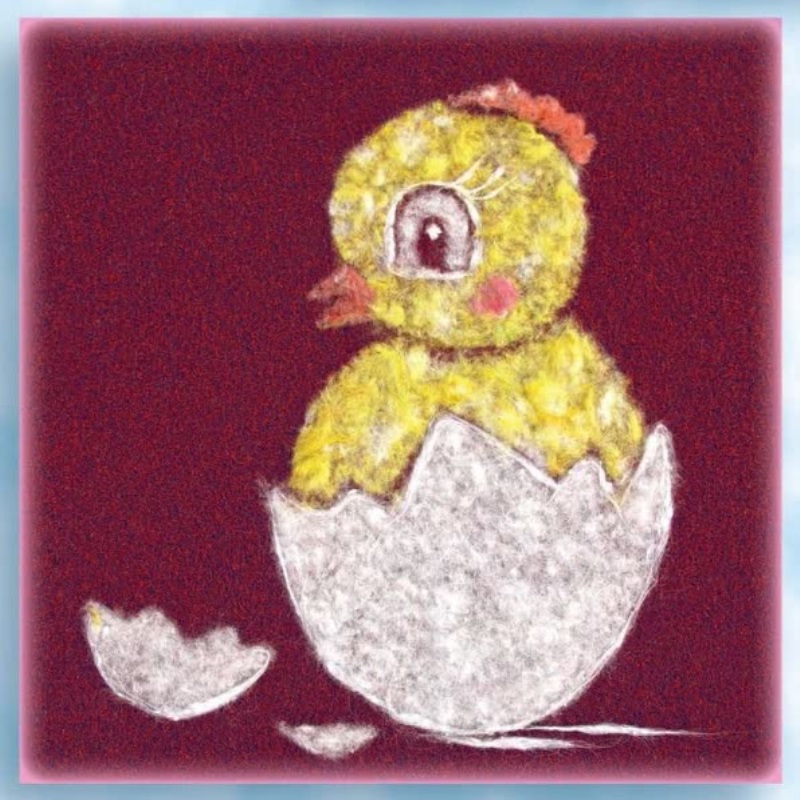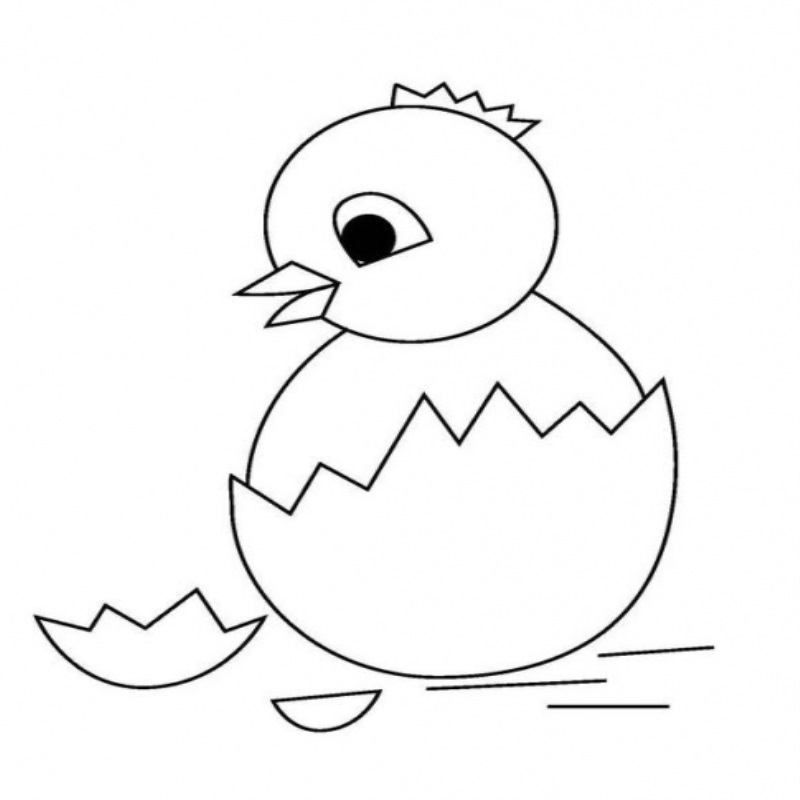

Making crafts from poplar fluff or cotton wool — a rare kind of creativity. This technique refers to the section of flower arranging. Artists-florists have long used natural material instead of paint. From down poplar, willow, cotton and other plant masters create amazing pictures. Portraits and landscapes, made from this material at a high professional level, do not differ from the black-and-white photographs.
If fluff is not always available at hand (besides, some people can be allergic reaction), wool, specially prepared for such classes, it is quite suitable as a substitute of down. Working with this material, do not have to be able to draw, as this technique involves working with tracing paper. However, these classes develop artistic ability and instill the love of work, accuracy, promote development of fine motor skills of hands.
Materials and tools
Crafts are made of specially prepared wool on velvet paper, so the glue in them is not used: fuzzes easily stick to this material and stick on it. Take sliced cotton wool and apply it on the basis better with the tweezers. To cut off the harness from wool, will come in handy scissors. Also, you must have tracing paper, staples and paper conversion. To cut the details from the tracing paper will need a utility knife. The finished work is desirable to arrange, by placing it in a frame under glass.
Preparation of wool
Properly prepared material — the key to successful operation. By purchasing wool, please note that it was 100% cotton. Since the wool in these works is used as a substitute for poplar fluff, it is necessary to achieve appropriate length of the pile. To do this, take a small piece of cotton wool and very finely cut with scissors in different directions. Milled wool should resemble the fluff of a poplar. Put the cooked material in a box, where you will take it as needed.
For images of trees, contours of objects and small parts that may be needed flagella. They are made of ordinary, solid, wool, fiber pulling and recoiling rope. The thickness and length of the flagellum depends on where and how it will be used.
Harvesting poplar fluff
Fluff harvested from mid-may to late June (depending on region and weather conditions, in dry weather, when the bloom of the poplar. It is better to collect hanging, half-open earrings. Assembled Pooh be dried in a closed (but not tightly) a cardboard box in a warm place. Fluff when completely dry, it will fluff even more. Then it is necessary to collect into a ball and put in a plastic bag. In this form it can be stored for a very long time. Also you can collect Pooh, when he had gone off the trees. Ensure that it was clean, no debris and impurities.
Working with poplar fluff, you need to remove the seeds found in it.
The coloration of wool and fluff
To create a color work, fluff and cotton wool can be painted. It is better to use aniline dyes.
In a small container, pour 1/3 Cup of hot water. Add the dye in the proportions indicated in the instructions for the paint. Put in the prepared solution so much wool (wool before painting, cutting is not necessary), so she was completely covered with them. Stirring with a stick, let it soak up the solution. When the wool will acquire a uniform color, it is necessary to pull out with tweezers, pressing to the walls of the vessel, gently wring out, to drain the excess paint, put the painted lumps on the newspaper, folded several times, and dry well. In order that the wool has acquired the required properties, it is necessary, as in the case of undyed wool, finely chop. Colors can be mixed together to get different shades of wool.
Technology of execution of works
Before you cut a stencil and proceed to the sowing of cotton, it is necessary to consider carefully the picture that you selected. For example, the white kitten and the white sails of the ship differ from each other in texture, and it should be considered. So, sail or foot of the mushroom should be white, but not fluffy. This is especially true of the eyes of animals. In such cases, take the wool in small pieces and placed using tweezers. For a minimal layer, to show a gray tone, it is necessary to very firmly press the wool with a utility knife in a velvet paper, spread evenly over the background, gently “wiping” a slice of bread. Try to avoid lumps, remove the excess wadding with tweezers.
Images can be created in two ways.
To clean the velvet from dirt, you can use the eraser or piece of tape.
Chicken
Chicken is good to make out of colored wool, but with white it will look good. In this case, select the dark red color of the paper.
Translate the image on the tracing paper and fasten it with staples on the basis of. Sam chick will be yellow. First and foremost cut out all the small part of the head (comb, eyes, beak). The comb and beak are red. Eyes put white wool on the contour, leaving room for the pupil. Put on the pupil small white dot. Start cutting out the stencil body. The fluffy chicken, so it can take a little more wool. When will work on the shell, which has a smooth surface, it is necessary to take into account the difference of textures, especially if you are doing everything in white. For shell take very little of the white wool and it strongly pressed with a finger. Removing the tracing paper, “put” chicken on the plane: add a few horizontal strokes thin solid fibers.